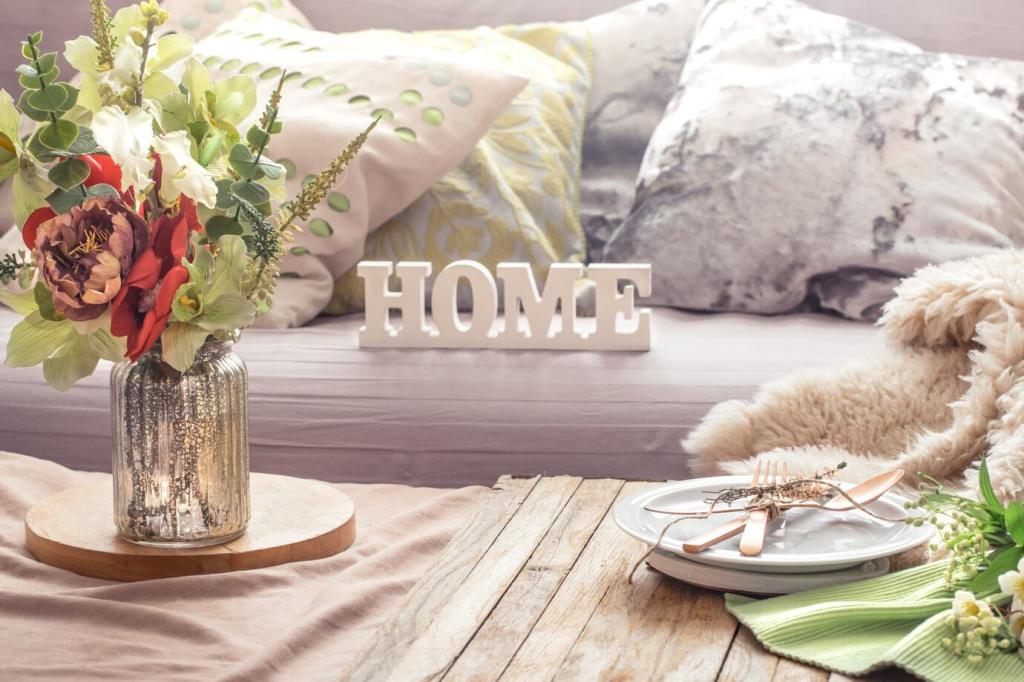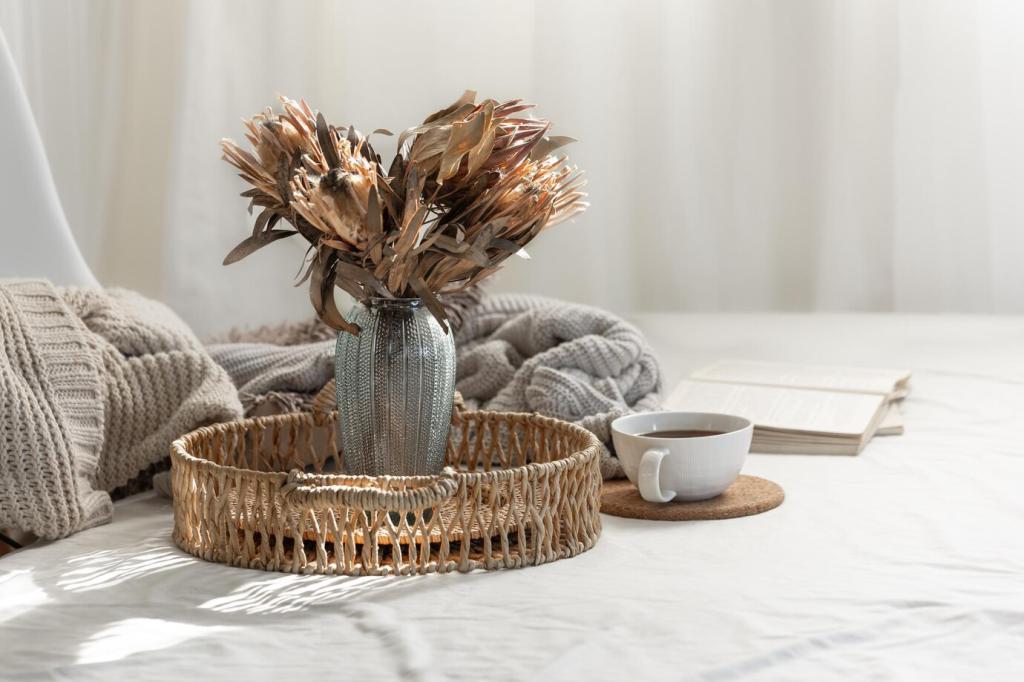
Energy-Efficient Lighting Solutions for Contemporary Interiors
Achieving a sophisticated and modern ambiance in any living or working space increasingly centers around embracing energy-efficient lighting solutions. Contemporary interiors demand more than just aesthetic appeal—they require sustainable, cost-effective, and innovative lighting technologies. Energy-efficient options not only reduce utility bills and environmental impact but also provide flexibility in design, supporting the creation of elegant and dynamic environments. In this guide, discover the essentials of energy-saving illumination tailored for modern interiors, learn how advanced technologies are transforming living spaces, and explore strategies to optimize both function and atmosphere while adopting a greener lifestyle.
Embracing LED Technology for Modern Spaces
LED fixtures represent a flexible lighting solution well-suited to contemporary spaces, allowing for effortless adaptation to different moods and activities. Whether incorporated as hidden cove lighting, dramatic spotlights, or under-cabinet installations, LED technologies offer an extensive spectrum of color temperatures and brightness levels. This adaptability means designers and homeowners can precisely tailor illumination to complement minimalist, industrial, or even eclectic décor. By leveraging dimmable features and customizable controls, LEDs empower users to shift from bright, energizing work settings during the day to soft, relaxing evenings, all while maintaining optimal energy use.
Unlike traditional bulbs that require frequent replacement, LED lights boast an exceptionally long lifespan—often lasting up to 25,000 hours or more. This durability translates into fewer resources spent on manufacturing, shipping, and waste disposal. Moreover, LEDs are free from harmful substances such as mercury and generate minimal heat, further enhancing their eco-friendly profile. The sustainability of LED lighting supports green certifications and aligns with the growing preference for responsibility in interior design, making them an investment in both style and the planet’s future.
Switching to LED lighting is one of the most effective strategies for reducing energy expenses in any contemporary setting. LEDs draw significantly less power than incandescent or fluorescent alternatives, leading to noticeable drops in electricity bills. Despite their low energy consumption, these lights deliver exceptional brightness and color rendering, ensuring that interior spaces never sacrifice visual quality for efficiency. Over time, the combination of lower energy use and reduced maintenance needs contributes to substantial overall cost savings, reinforcing LEDs as the preferred choice for modern-minded property owners.

Remote Management and Automation
With smart lighting, users can adjust luminosity, color, and operation schedules right from their smartphone or through voice assistants. This convenience supports dynamic daily routines—whether presetting a gentle wake-up light in the morning or ensuring all lights are off when the house is empty. Automated scenes adapt lighting to activity patterns, optimizing visibility and comfort for each room’s function while ensuring that no energy is wasted on unoccupied spaces. The integration of motion detectors and adaptive controls empowers homes and offices to minimize unnecessary consumption seamlessly.

Integration with Home Ecosystems
Smart lighting systems are designed to work alongside other intelligent devices, forming a cohesive network of connected solutions. Integrating lighting with thermostats, window shades, and security systems not only enhances the user experience but also contributes to holistic energy management. For instance, lights can sync with sunrise and sunset, dimming naturally in response to daylight, or react to doors opening by instantly illuminating entryways. Such synergy between technologies allows for a smarter, more intuitive living environment that maximizes both efficiency and comfort.

Personalization for Lifestyle and Mood
The true beauty of smart lighting lies in its ability to cater to individual preferences and lifestyles. Users can customize lighting scenes tailored to specific occasions, whether it’s a vibrant setting for entertaining guests or a tranquil environment for relaxation. Pre-programmed routines and mood profiles make it easy to switch between tasks and activities, all while maintaining energy efficiency. By putting personalized control at your fingertips, smart solutions deliver both the flexibility and sustainability demanded by modern living.
Maximizing Natural Light in Contemporary Design
Architectural Strategies for Daylight Harvesting
Modern design places a strong emphasis on layouts and features that maximize the influx of sunlight. Large windows, skylights, glass partitions, and strategically placed mirrors are commonly used to channel natural light deep into interior zones. Open floor plans and minimalistic furnishings prevent the blockage of daylight, ensuring that even interior spaces far from windows benefit from the sun’s rays. These architectural strategies not only cut down on artificial lighting needs during daytime hours but also introduce a sense of spatial harmony, vibrancy, and openness that characterizes contemporary interiors.
Energy-Efficient Window Treatments
While maximizing daylight is crucial, controlling it efficiently is equally important for both comfort and energy savings. Advanced window treatments such as motorized blinds, smart glass, and light-filtering shades help regulate glare and thermal gain without sacrificing natural illumination. These solutions allow for on-demand adjustment, automatically responding to changes in sunlight and room occupancy. By maintaining optimal levels of daylight, homeowners and designers can decrease dependence on electric lighting, lowering energy consumption while still enjoying the beauty and benefits of natural light.
Health and Wellness Benefits
Beyond energy efficiency, exposure to natural light has significant positive effects on well-being. Ample daylight supports healthy circadian rhythms, enhances mood, and increases productivity—attributes highly sought after in both residential and workspace design. By thoughtfully incorporating strategies to maximize and manage sunlight, contemporary interiors promote a balanced and health-conscious lifestyle. Emphasizing the importance of natural light aligns sustainable practices with human-centric design, transforming interiors into uplifting and energy-efficient havens.
